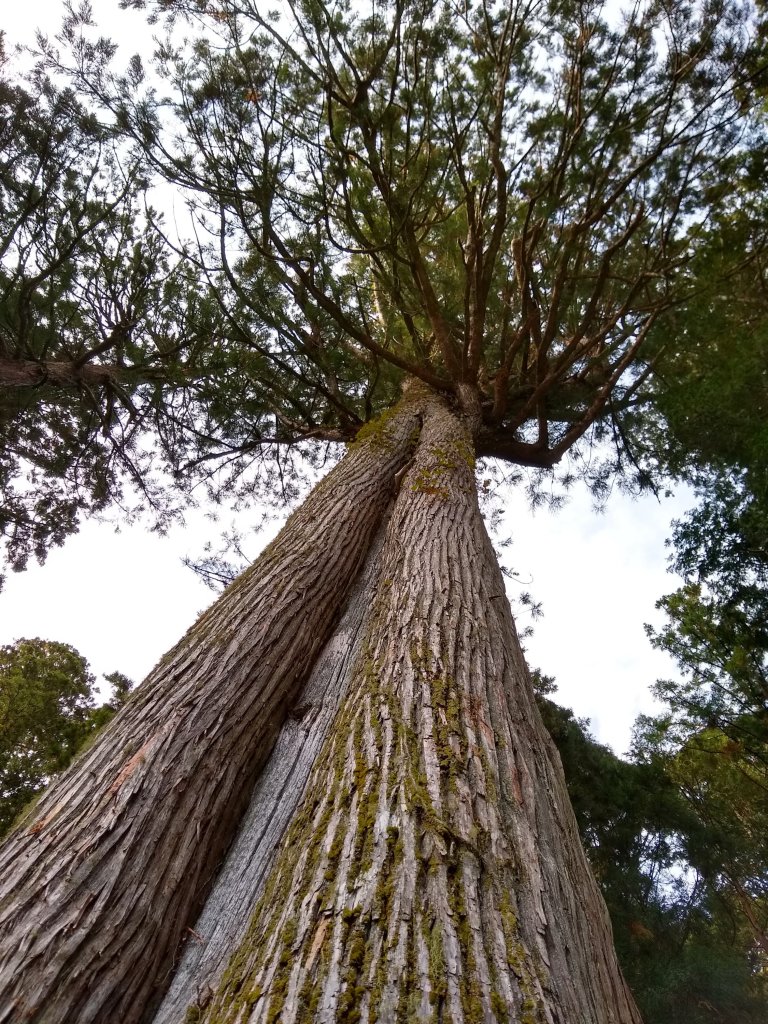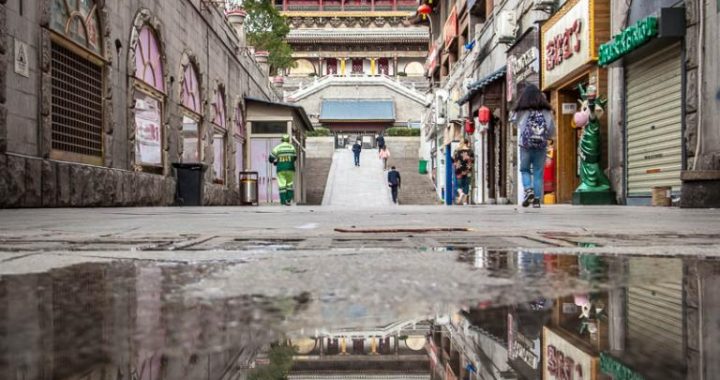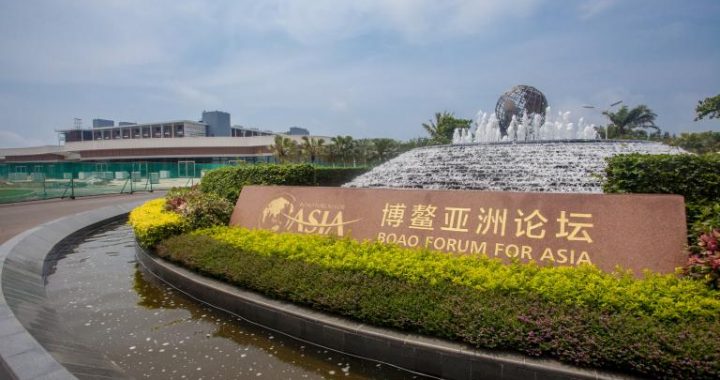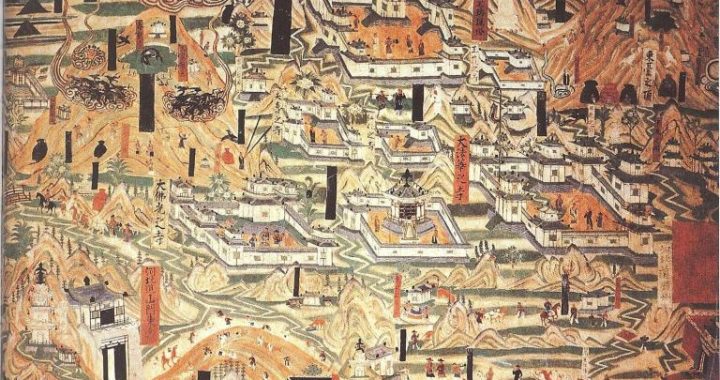New Year Celebrations, Willow Twig-Picking and Fuxi
5 min readThe Chan-Bahe River area is endowed with an abundance of culture upon which great significance is placed on the activities pertaining tothe calibration of the New Year. It enjoys a long tradition which gainedpopularity in the Qin and Han Dynasties and thrived in the Sui and Tang Dynasties. In certain aspects, the celebrations reflect the prosperity and righteousness and the music of ancient China.
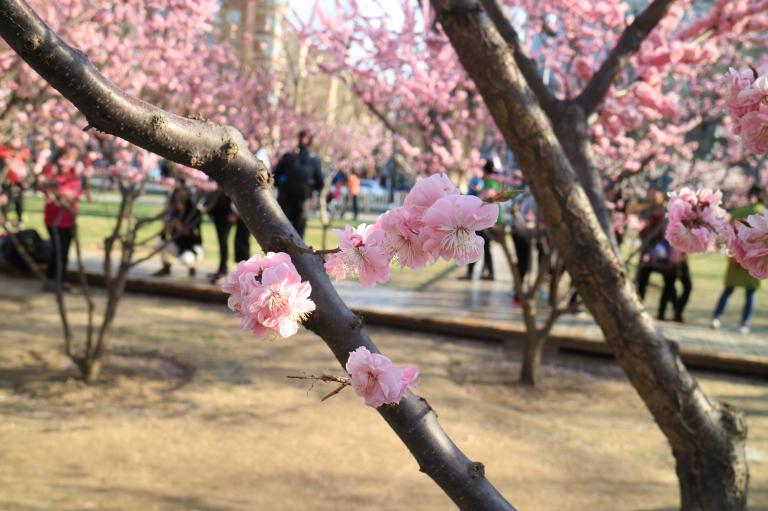
The activities associated with the calibration of the New Year in ancient China are derived from the primitive worship of natural phenomena by people of that society. Within that primitive society, people’s acknowledgement about the natural world merely confined to their meagre imagination, and their fear posed by all the unknown phenomenon led to their worship those specific natural phenomenon.
Since the Xia, Shang and Zhou dynasties, during the time when human civilization developed, the humans were gradually grasping components of elementary astronomy, thus, prompting a ground-breaking development in their acknowledgement about the natural world. The twenty-four solar terms could trace its history at least back to the time of the “Warring States”Period.
During the Han dynasty, Emperor Wu of Han adopted the policy of”proscribing all non-Confucian schools of thought and espousing Confucianism as the orthodox state ideology”put forward by Dong Zhongshu. As the Gongyang School(a school studying and inheriting the Biography Gongyang of Confucianism studies) developed as the state-designated orthodox, the etiquette system of some Confucius classics including the Book of Rites was gradually put into practice. During this time, the doctrine of “interactions between heaven and mankind”, the theory of yin-yang and the five elements had signifcant influence upon the calibrations for the New Year, prompting great changes to the meanings and the way sacrificial activities were conducted for the celebrations.
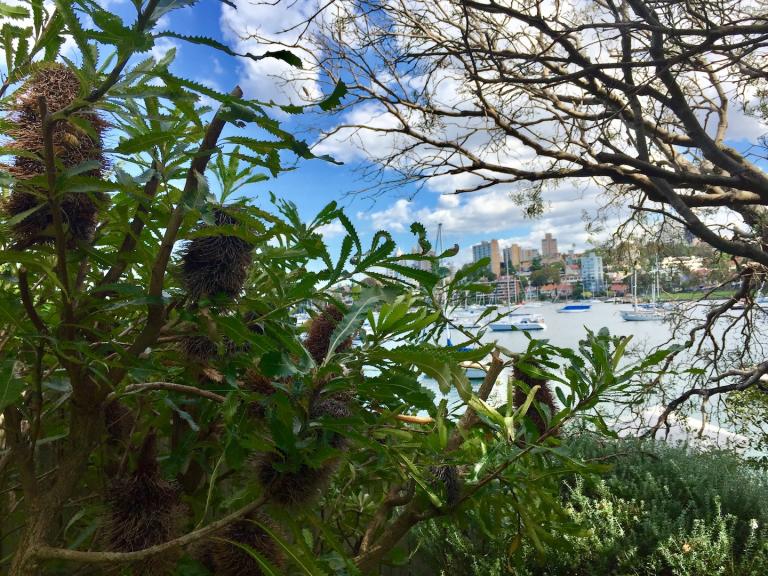
The Tang Dynasty was one of the most prosperous dynasties in middle ancient China, the broad environment of Tang Dynasty exerted significant influence on many aspects of the culture, including the New Year celebrations which became a grand festival that involved all the people.
On the day of the New Year, the members of the royal family together with the general population, would happily to go on a tour, would enjoy the gastronomical delicacies and drink wine, and would appreciate the wonderful music and dancing, as it was a jubilant festival! With this sort of an open atmosphere, people showcased great enthusiasm with regard to the celebration of the New Year, which can be confirmed by those poems and essays depicting the celebration activities of the New Year recorded in The Complete Collection of Tang Poems, The Complete Colection of Tang Esays and other related collections. These poems and essays comprise not only the works containing the songs the praises of the emperors, but also those great creations brought on by the deep feelings of the authors. The poets are all men of letters, from the early Tang period to late Tang period, amongwhich are many celebrated and familiar ones.I have no special affectiontowards the New Year celebrations, but all these spectacular views oftenleave a strong impression in my mind. Maybe, it is due to my yearning for the High Tang period, sometimes,I would dream about me being a reed during the period of the Tang Dynasty, being deeply rooted in the Bahe River and gazing upon endless streams of passers-by.
Fuxi, was a bathing ritual preformed in order to beg for blessings as well as the beg for no disasters to happen. This is an important part of the traditional culture of the Chan-Bahe River area. With its long history, it became a relatively established custom in the Eastern Zhou Dynasty (770 BC-256 BC) at its latest. It was not only as entertainment, but also embodied the fine culture of the Sui (581-618) and Tang (618-907)Dynasties.
After the Jin, Northern and southern Dynasties, China entered a grand and poetic period, namely the uiS and Tang Dynasties. The culture in thetwo dynasties, with its glamour of profoundness, directness, freeness and clearness, remains a wonder up till today. The ancient custom of Fuxi, has been rejuvenated, and has developed into a national carnival.
It was an ancient custom to pick a willow twig, and give it to a person who was leaving. The Willow, as a symbol, was an emotional link between the wanderer and his family and friends.As a symbol,the twig was imprinted with the people’s feelings of farewell and sorrow.The dancing willow twigs and floating catkins in the breeze have always cased people to be homesick.Throughout thousands of years,the twig-Picking Custom had become a folk cultural mentality and heritage,with the scene of Ba Liu Feng Xue as a typical example.
The reason for the ancient Chinese love towards the willow(Liu Shu in Chinese)can be found in its characteristics and implications.
The Chinese people always highly valued emotion and righteousness,and realized the homophonic phenomenon between Liu(Liu,means willow)and Liu(liu),meaning the act of composing poems or articles as farewell for a friend,the act of cherishing affection,or persuading someone to stay.
And there are also homophonies between xu(Xu,means willow catkins)and xu(xu,means mood or feeling),between si(si,means willow twigs)and si(si,means missing or thinking of somebody).As a result,ancient Chinese have imbued willows with their feelings of unwillingness to part from their beloved.Thus,the act of giving willow twigs or composing poems incorporating a willow as a parting gift,symbolizes their wish that their loved ones could stay instead of leaving.Hence,it’s more than appropriate for the people of ancient times,to express themselves with willow twigs when saying farewell.
There are over 400 poems that incorporated an image of the willow in The Complete Collection of the Tang Poems.The poems were composed for friends or lovers,while within the segment for farewell contained the Jing-Ba Bridge,and the south and north banks of Yangtze River.In other words,picking willow twigs when saying farewell,took place everywhere.During the Tang Dynasty,the countless willow trees around pavilions and bridges had become a cultural symbol,by aiding relatives and friends to say farewell to those who were going off for literati or offcialdoms.The soft and long twigs have never escaped the wanderers memory.As an auspicious custom,giving twigs as a farewell gift at reached its climax and has fostered its way to the folk cultural mentality
According to the people who lived in Xi’ an during the initial post-liberation period, there were grand and magnificent memorial archways constructed on both bridgeheads. Regrettably, they were torn down a long time ago to accommodate the increasing traffic and have became a thing of the past. Human beings are destroying the environment which sustains them while developing the economy. Many willows alongside the Bahe River have been chopped down and were used as bed board and firewood. And in the near future, the old Ba Bridge is also to be removed.
When wandering onto the bridge, one cannot help but feel sorry that the picturesque”Ba Liu Feng Xue”had disappeared without a trace, and one can never be able to participate in the profound activity of “willow twig-picking”
